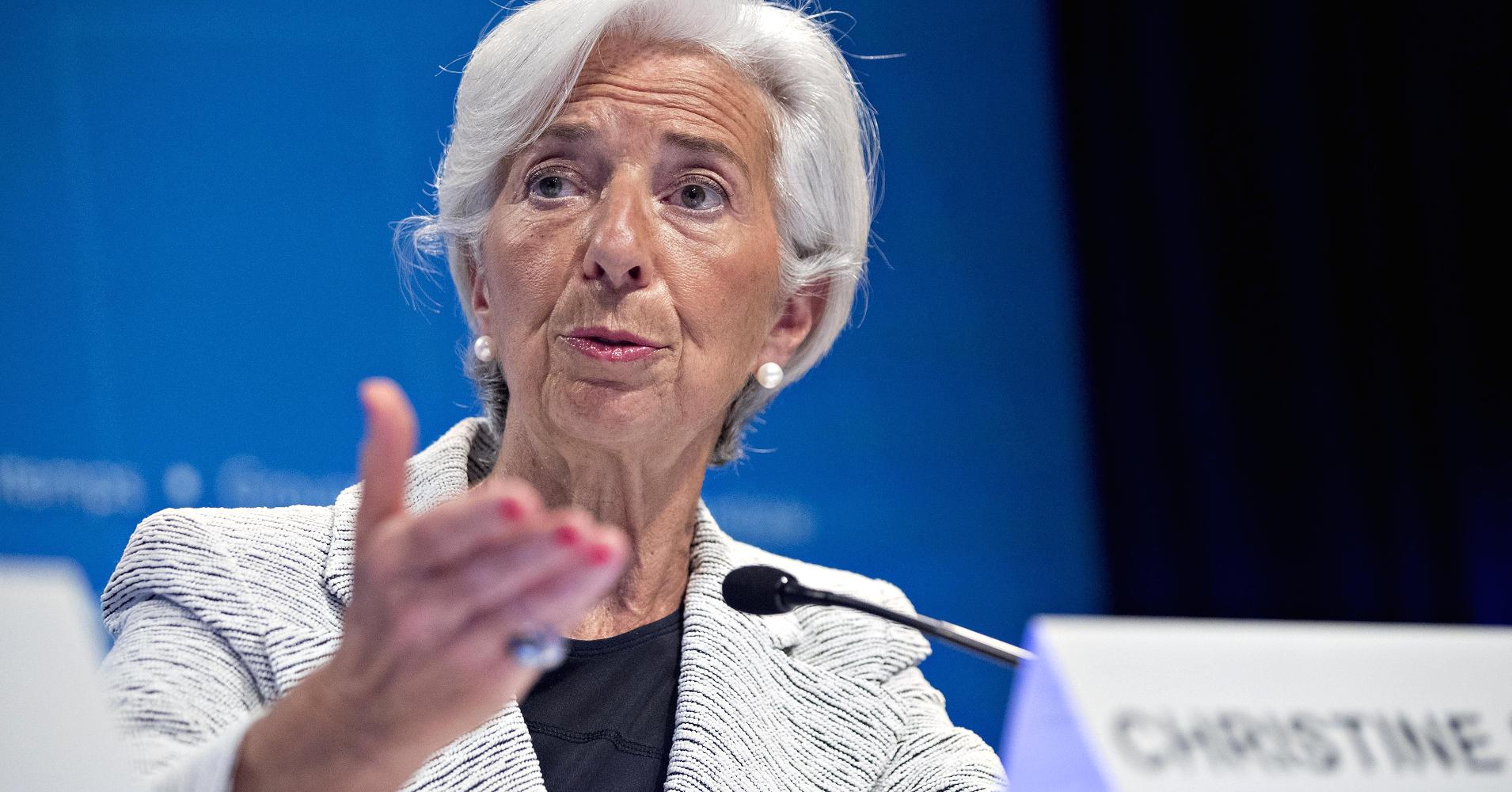Christine Lagarde, International Monetary Fund (IMF) chief, has extolled the benefits of diversified economies for African countries, saying even minor increases in export diversification could boost GDP growth rates.
Lagarde who delivered an address at the Chamber of Commerce in the Republic of Benin during the week, said economic diversification not only helps to kickstart growth but also makes economies more resilient over the long term.
“Think about it: relying heavily on one sector – be it oil, or an agricultural commodity – means a single shock can devastate an economy, stopping growth in its tracks, causing unemployment to rise and wages to fall, and sapping revenue so that critical public investments go wanting as debt levels rise,” she said.
She said African economies need to diversify partly to prepare for the massive influx of young Africans entering the job market in coming years.
“By 2030, half of the annual increase in the global working age population is expected to come from sub-Saharan Africa.
Lagarde cited the examples of Rwanda, Botswana and Mauritius as African countries that had successfully navigated the transition from single-export economies to diversified ones.
“Rwanda has encouraged a rapid shift of employment and output from basic agricultural production to higher-value activity, especially services,” she said.
“Botswana has built on its comparative advantage in diamonds by expanding along the value chain into diamond trading, cutting, polishing, and retailing,” she said.
“And Mauritius shifted its focus from single-crop farming in the 1960s to more sophisticated agriculture, and from there to tourism, and to manufacturing and financial services.”
According to the latest World Bank data, Botswana’s unemployment rate stands at 18.6%, Mauritius is at 7.6% and Rwanda is at just 2.4%.
According to Statistics SA, South Africa’s unemployment rate is 27.7%.
In dollar terms, Botswana and Mauritius also have a higher GDP per capita than South Africa, although SA’s economy is larger.
2018 might not be quite so happy for OPEC producers, says IEA
Rwanda’s GDP per capita at just $702 in 2016, meanwhile, is low even when compared to other low-income African countries and is below the average in Mali and Lesotho.
South Africa’s economy has experienced sluggish growth in 2017, despite some unexpected good news of a third-quarter GDP growth uptick.
Lagarde said there is no “typical diversification pattern”.
“Successful efforts will reflect countless individual decisions by people and businesses,” she said. “But there is a wealth of research by the IMF and others that shows several common threads that make diversification more likely.”
The IMF chief said macroeconomic stability is vital to prime the pump for diversified growth. “So too are access to credit, a sound business environment, and – of course – quality infrastructure.
“Diversification is also driven by openness and trade integration, as well as foreign direct investment – which helps transfer technology, promotes skills development, and fosters competition.”
She noted that while sub-Saharan Africa has made some major strides over the last 25 years, the quality of life of its citizens still needs to be improved.
“Over the past 25 years, life expectancy in the region has increased by a fifth; infant and maternal mortality rates have halved, and primary school enrolment is up to 80 percent.”
At the same time, several countries are struggling to lift living standards. This year, 12 of 45 countries in sub-Saharan Africa – home to about 400 million people – are expected to see negative per capita income growth.



